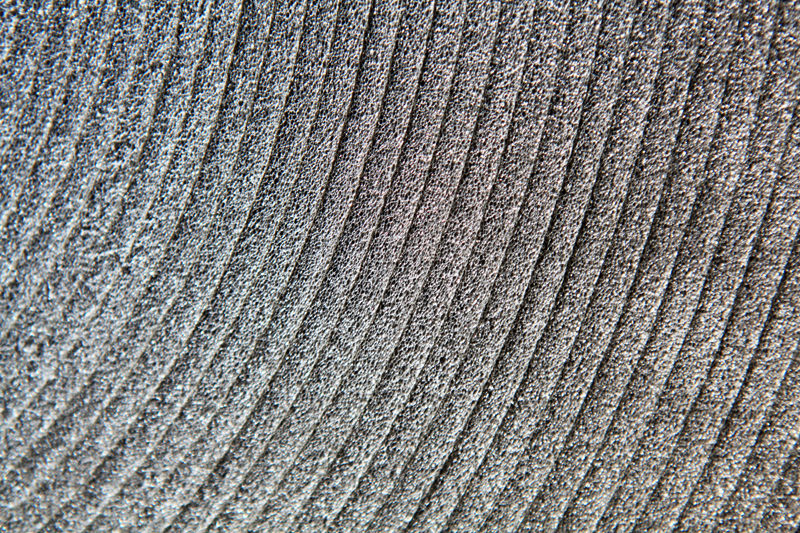Polyethylene foam is a common material used in packaging and insulation, but its environmental footprint is often overlooked. Did you know that this seemingly harmless material has far-reaching consequences for our planet? From the moment it is produced, polyethylene foam begins a journey that can lead to significant environmental challenges. The production processes are energy-intensive, consuming vast resources and generating a considerable amount of carbon emissions. This contributes to global warming and climate change, making us question the sustainability of our choices.
Once polyethylene foam is used, its lightweight and non-biodegradable nature creates serious waste management issues. Unlike organic materials, it doesn’t break down easily, leading to increased landfill use and pollution in our oceans. Marine life suffers as this foam often ends up in waterways, posing threats to ecosystems and wildlife. Imagine a sea turtle mistaking a piece of foam for food—it’s a sad reality that highlights the urgency of addressing this issue.

So, what can we do? Exploring alternatives, such as biodegradable materials and effective recycling methods, is crucial. By shifting towards sustainable solutions, we can significantly reduce the environmental impact of polyethylene foam. It’s time to rethink our packaging choices and take action for a cleaner, healthier planet.
Production Processes and Their Consequences
The manufacturing of polyethylene foam is a complex process that significantly impacts our environment. First off, let’s talk about the energy consumption involved. The production requires a hefty amount of energy, primarily sourced from fossil fuels. This not only leads to increased carbon emissions but also contributes to the ongoing crisis of global warming. Imagine using energy equivalent to powering thousands of homes just to produce a lightweight material that ends up in landfills. It’s a shocking reality!
Moreover, the extraction of resources needed for polyethylene foam production often results in environmental degradation. Forests are cleared, and ecosystems are disrupted to obtain the raw materials, such as petroleum. This destructive cycle raises questions about sustainability. Are we really willing to sacrifice our planet for convenience? The consequences of these actions are far-reaching, affecting wildlife and biodiversity.
To put it into perspective, consider this table that summarizes the environmental effects of polyethylene foam production:
| Aspect | Environmental Impact |
|---|---|
| Energy Consumption | High; contributes to carbon emissions |
| Resource Extraction | Leads to habitat destruction |
| Waste Generation | Non-biodegradable waste increases landfill use |
In summary, the production processes of polyethylene foam are not just a minor footnote in the story of environmental impact; they are a critical chapter that demands our attention. As we continue to grapple with these challenges, it is crucial to seek out sustainable solutions that can lessen these detrimental effects.
Waste Management Challenges
When it comes to waste management, polyethylene foam presents a unique set of challenges that can leave even the most seasoned environmentalists scratching their heads. Why, you ask? Well, first off, this material is incredibly lightweight and non-biodegradable, making it a nightmare for landfills. Imagine tossing a feather into a hurricane; it just keeps swirling around without ever settling down. This lightweight nature means that polyethylene foam can easily be carried away by winds or water, leading to marine pollution that threatens aquatic life.

Furthermore, the sheer volume of polyethylene foam used in packaging and insulation is staggering. To put it into perspective, consider this: a single piece of foam can take hundreds of years to decompose, which means that every piece we throw away today could be around long after we’re gone. This accumulation not only clogs landfills but also disrupts local ecosystems. As wildlife encounters this foam, they may mistake it for food, leading to serious health issues or even death.
To tackle these challenges, we must consider innovative waste management strategies. Here are some potential solutions:
- Recycling Programs: Establishing robust recycling initiatives can help divert foam from landfills.
- Education and Awareness: Raising awareness about the impacts of foam waste can encourage consumers to make informed choices.
- Biodegradable Alternatives: Investing in research for eco-friendly materials can pave the way for sustainable packaging solutions.
In conclusion, while polyethylene foam may be a staple in many industries, its environmental impact cannot be ignored. By addressing these waste management challenges head-on, we can work towards a cleaner, more sustainable future.
Alternatives and Sustainable Solutions

When it comes to tackling the environmental challenges posed by polyethylene foam, innovation and sustainability are key. One promising alternative is biodegradable foam, which is designed to break down naturally over time, reducing landfill waste and pollution. Imagine a world where packaging materials simply dissolve back into the earth, nourishing it instead of harming it. Isn’t that a vision worth striving for?
Another exciting solution lies in recycling programs. Many companies are now investing in technologies that allow polyethylene foam to be recycled effectively. This not only conserves resources but also minimizes the energy needed for new production. In fact, recycling can save up to 80% of the energy compared to creating new foam from scratch. It’s like giving a second life to materials that would otherwise contribute to environmental degradation.
Additionally, industries are exploring plant-based materials as substitutes for traditional foam. These materials, derived from renewable resources, can serve similar functions without the detrimental environmental impact. For instance, mycelium-based packaging is gaining traction as a sustainable option that is both effective and eco-friendly. Imagine packaging that not only protects your products but also enriches the soil when discarded!
polyethylene foam => https://www.durfoam.com/en/durpack/3/3/5
pe foam => https://www.durfoam.com/en/durpack/3/3/5
physically cross linked polyethylene foam => https://www.durfoam.com/en/durpack/3/3/5
In conclusion, our journey towards sustainable solutions for polyethylene foam is just beginning. By embracing alternatives like biodegradable options, recycling initiatives, and innovative plant-based materials, we can pave the way for a cleaner, greener future. Are you ready to join the movement?









